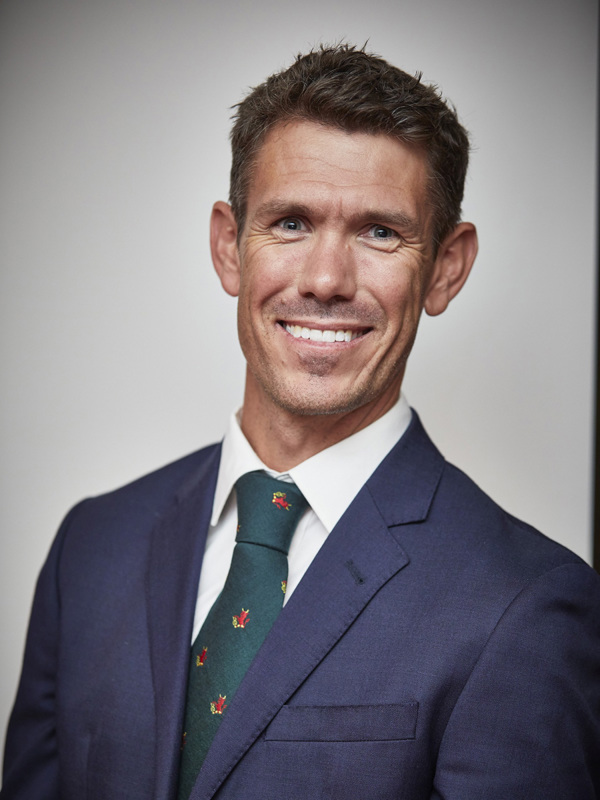
Johanna Tomlinson

Collaborative action needed to improve soil health
Poor soil health in many regions is holding agriculture back
The problem is acute in Western Australia, where soils are known to be among the most challenging in the world
A WA farmer travelled the world to understand the barriers and drivers for farmers to improve soil health now and into the future
While Johanna Tomlinson welcomes national and state soil health strategies, she says well-funded local research, extension and monitoring are needed to protect and improve soils
14 May 2021
This week’s Federal Budget boost to soil health is a step in the right direction, says WA farmer and natural resource management leader Johanna Tomlinson. Johanna says the announcement of $197 million over four years to start implementing the National Soil Strategy had been welcomed by farmers, particularly in south-west WA where soil health – particularly soil acidification – is a major concern.
“Underperforming soils already cost Australian farmers billions of dollars, and expectations from consumers, customers, investors and regulators to demonstrate how we care for our soils are growing. This funding could help the agriculture industry better understand, protect and improve our soils, and ensure agriculture can meet future challenges.”
As part of her 2019 scholarship, Johanna travelled to the Americas, Asia and Europe to understand soil health research and best management practice adoption globally. Her insights and recommendations for industry and government are captured in her Nuffield report, made possible with the generous support of CBH Group.
Johanna focused on the issue of soil acidification because it is one of the biggest soil health challenges in the South Coast region of WA, where she and husband Wayne own and operate mmixed farms It’s also a challenge for other large areas of WA and New South Wales, and about half of Australian agricultural land is at risk. Soil acidity can limit crop and pasture choice, production and profitability. Throughout Johanna’s travels, she found consensus on the most cost-effective way to manage it: apply lime.
“So the question then became how can industry and government support farmers to adopt best practice management.”
She says growers need more localised knowledge and proof to demonstrate the return on investment on buying and applying lime.
“Our local grower and natural resource management groups have a huge role to play, and I feel that they need more support to amplify their impact. One way that governments can support farmers and local groups is by funding more long-term research sites focused on soil health. We need to see best management practices working in our local areas. But addressing soil health needs long-term vision, beyond government timeframes.”
Johanna says there are positive signs that government is recognising and taking action on soil health. That includes funding the Cooperative Research Centre for High Performance Soils, as well as funding to implement the National Soil Strategy.
“I was really pleased to see investment flagged in the Federal Budget for monitoring and evaluation of soil health,” Johanna says.
Johanna also welcomes the Western Australian Soil Health Strategy that is under development, and she is looking forward to seeing its implementation plan that is anticipated by the middle of next year. She draws from her travels and experience as a farmer and Chief Operating Officer at the South Coast Natural Resource Management Inc. to recommend the development of a soil health platform to engage farmers.
“The platform would consolidate current soil health information sources, and make that information easy to access and engaging. It would promote learning and sharing to improve soil health across industry.”
She says to ensure continual improvement, the national and state soil health strategies need to be underpinned by effective and transparent monitoring and evaluation.
“I’m excited to see the focus on soil health and it's the right time to work together to grow soil health. If you look back to the 1990s, there was a huge campaign ‘Time for Lime’ that was heavily supported by local research and development including a lot of extension programs. But that’s 20 to 30 years ago and we need to revisit soil health support at that same scale. I’m excited to see a lot of work in this space, I think the tide is turning.”
Johanna says work is also underway in the private sector. She points to the first soil carbon project for carbon credits registered in WA. The project is spearheaded by Harvey Beef, to which Johanna and husband Wayne supply cattle.
Investor Information:
The CBH Group is Australia’s largest co-operative and a leader in the Australian grain industry, with operations extending along the value chain from grain storage, handling and transport to marketing and processing.
Website: www.cbh.com.au
Facebook: @cbhgroup
Twitter: @cbhgroup















